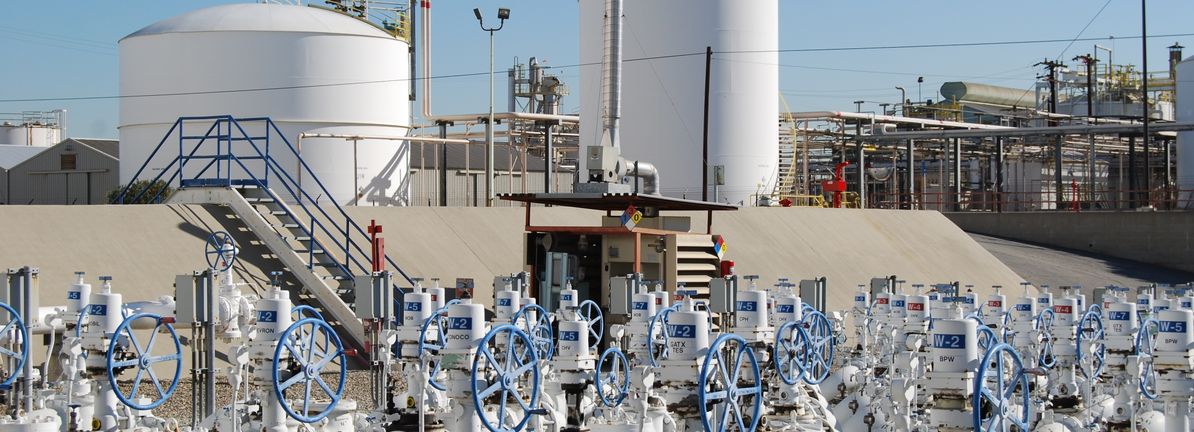The external fund manager backed by Berkshire Hathaway’s Charlie Munger, Li Lu, makes no bones about it when he says ‘The biggest investment risk is not the volatility of prices, but whether you will suffer a permanent loss of capital.’ When we think about how risky a company is, we always like to look at its use of debt, since debt overload can lead to ruin. We can see that Kinder Morgan, Inc. (NYSE:KMI) does use debt in its business. But is this debt a concern to shareholders?
Debt and other liabilities become risky for a business when it cannot easily fulfill those obligations, either with free cash flow or by raising capital at an attractive price. Part and parcel of capitalism is the process of ‘creative destruction’ where failed businesses are mercilessly liquidated by their bankers. While that is not too common, we often do see indebted companies permanently diluting shareholders because lenders force them to raise capital at a distressed price. Of course, debt can be an important tool in businesses, particularly capital heavy businesses. When we examine debt levels, we first consider both cash and debt levels, together.
See our latest analysis for Kinder Morgan
The chart below, which you can click on for greater detail, shows that Kinder Morgan had US$32.2b in debt in September 2024; about the same as the year before. Net debt is about the same, since the it doesn’t have much cash.
Zooming in on the latest balance sheet data, we can see that Kinder Morgan had liabilities of US$4.73b due within 12 months and liabilities of US$34.4b due beyond that. On the other hand, it had cash of US$111.0m and US$1.27b worth of receivables due within a year. So its liabilities total US$37.8b more than the combination of its cash and short-term receivables.
This is a mountain of leverage even relative to its gargantuan market capitalization of US$62.8b. This suggests shareholders would be heavily diluted if the company needed to shore up its balance sheet in a hurry.
In order to size up a company’s debt relative to its earnings, we calculate its net debt divided by its earnings before interest, tax, depreciation, and amortization (EBITDA) and its earnings before interest and tax (EBIT) divided by its interest expense (its interest cover). This way, we consider both the absolute quantum of the debt, as well as the interest rates paid on it.
While Kinder Morgan’s debt to EBITDA ratio (4.9) suggests that it uses some debt, its interest cover is very weak, at 2.3, suggesting high leverage. It seems clear that the cost of borrowing money is negatively impacting returns for shareholders, of late. Notably, Kinder Morgan’s EBIT was pretty flat over the last year, which isn’t ideal given the debt load. There’s no doubt that we learn most about debt from the balance sheet. But ultimately the future profitability of the business will decide if Kinder Morgan can strengthen its balance sheet over time. So if you’re focused on the future you can check out this free report showing analyst profit forecasts.




